Aperion Audio RST MKII – 3-Inch Aluminum Ribbon Super Tweeter Precision Master
Aperion Audio RST MKII is a $649 USD / 649 EURO pair of supertweeters, designed for bringing some extra high-end extension, air and clarity to any speaker system. The price is for a pair, and sadly I don’t really have anything similar to compare them to, but what I can do is compare the sound of a speaker system and the natural extension without versus with those super tweeters added, exploring how they can improve your current system. You will need to purchase a Premium Silver Cable Set from Aperion Audio if you want to get the best of your system, this costing you an extra $50 USD – $100 USD. Since those need a speaker beneath them to really work, but can be connected to an amplifier as a standalone speaker, the main speakers placed beneath the Aperion Audio RST MII for today’s review have been Buchardt S400 (1800 USD), NHT C3 (1250 USD), KLH Model Five (2499 USD) and Amphion Argon3s (3000 USD).
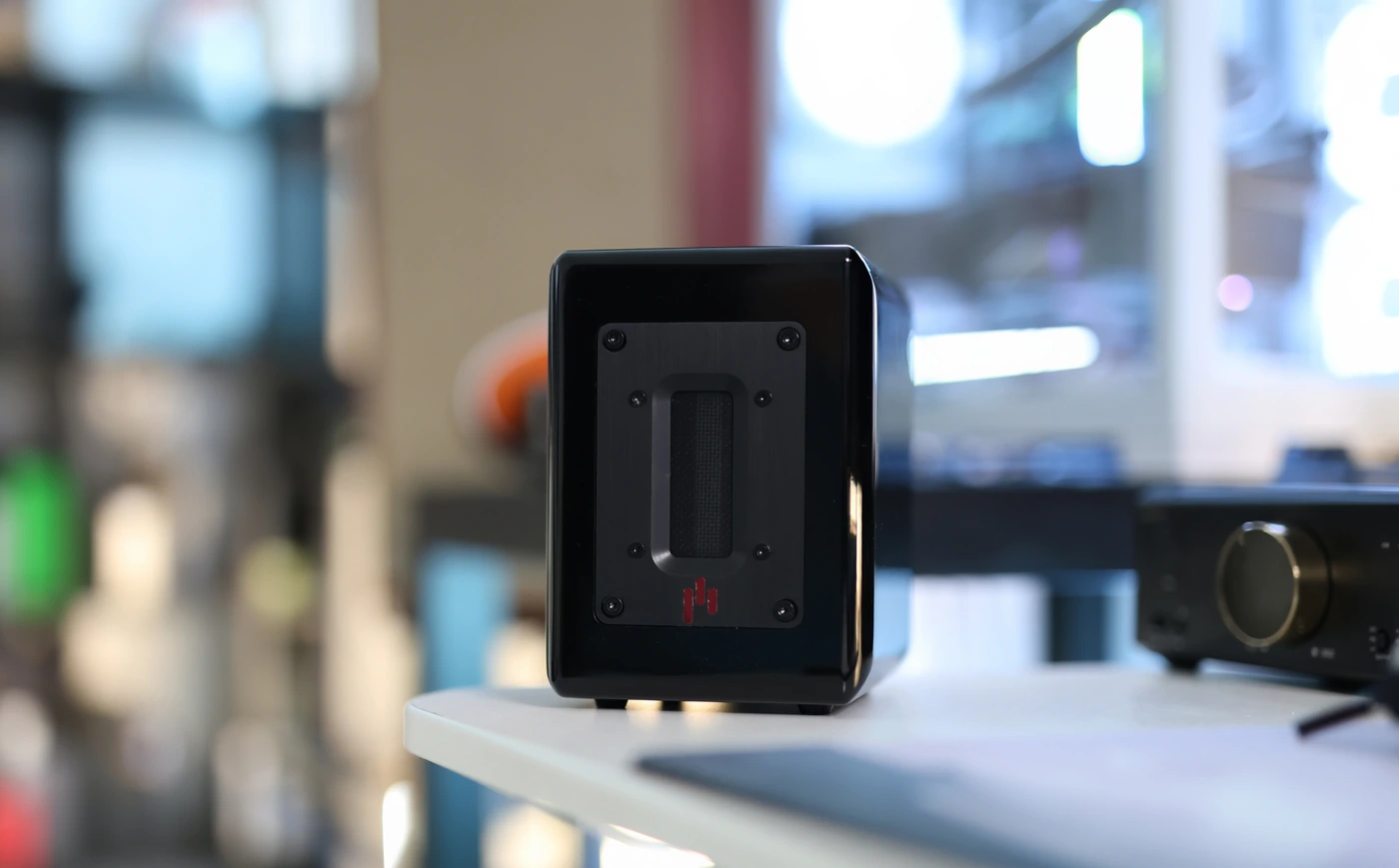
Introduction
Aperion Audio is now a well-known company, having been on the market since 1998, and having started with a mere budget of $1500 USD, and the purpose of bringing music lovers speakers for an honest pricing, and not burden the customer with the price of the distribution channel. The company evolved to have millions of dollars of capital within months, and while it all started because th the founder and his family wanted to just purchase a good audio system, replacing the one that broke in 1998, in time the family finally managed to build one, namely the Aperion Audio Intimus 5.1 system. The company evolved to now produce some of the best sounding systems in the whole world, and have a versatile offer, having products for all budgets, with a huge part of the cost of their speakers being the components, as they have stayed faithful to their original purpose, of designing speakers where the cost is reflected in the quality of the components used. The Super Tweeters we are reviewing today, briefly named the RST MKII, or Ribbon Super Tweeters MKII, are designed to increase the treble high-end extension of a sonic system, and they will be interesting to explore, being available on Amazon, and many other sales channels, different from your usual hifi shops, where the acoustic treatment and overall design of the listening room will never allow you to experience those in your own home and setup. With amazon offering huge return windows for their customers, it is always a good idea to purchase from them. As an Amazon Influencer, I earn from qualifying purchases, and using the purchase links in my reviews helps me maintain this website and youtube channel. This being said, today I managed to get back the money I paid for a pair of speakers, which took over two months to complete and multiple consumer protection complaints, because I didn’t use Amazon, and relied on a local shop who sent me a pair of broken speakers (Magnat Signature 507), so I really would recommend using a high-quality service like Amazon in the future, or use the Aperion Audio online store, or the HIFI Pilot store, which are known for their excellent service, if you want a hassle-free purchase experience.
I’d like to thank Aperion Audio and HIFI Pilot for providing the sample for this review, in exchange for my honest opinion. We are not receiving any incentive for this review and Audiophile-Heaven has no affiliation with Aperion Audio or HIFI Pilot beyond this review.
Product Link
[Europe] Official HIFI Pilot Link – https://www.hifipilot.de/AperionAudio-Super-Tweeter-Aluminum-MK-II-Pair
[USA / International] You can grab one from www.amazon.com – https://amzn.to/3GmGg4j
[USA / International] You can grab one from the Aperion Audio online store – https://www.aperionaudio.com/products/copy-of-aperion-audio-aluminum-ribbon-super-tweeter-speaker-pair-gloss-black
Build Quality/Aesthetics/Fit/Comfort
While most stereo speakers are similar, a super tweeter is an accessory that I always wanted to have, and it looks like a super mini speaker that sits on top of your actual speakers. This is literally a tweeter driver enclosed in a speaker cabinet, which is sealed, and which has connectors at the back, with two adjustment knobs. The finish is piano black, and it looks absolutely gorgeous but it is really easy to scratch and dent, and needs to be handled with utmost care, so I would recommend getting any other finish if possible or if there will be others available in the future. Right now, Aperion Audio and HIFI Pilot have a matte version which I wish I knew about before, because it seems much easier to care for and hold together, although the piano variant looks so modern and elegant both in photos and in person that it is hard not to look at.
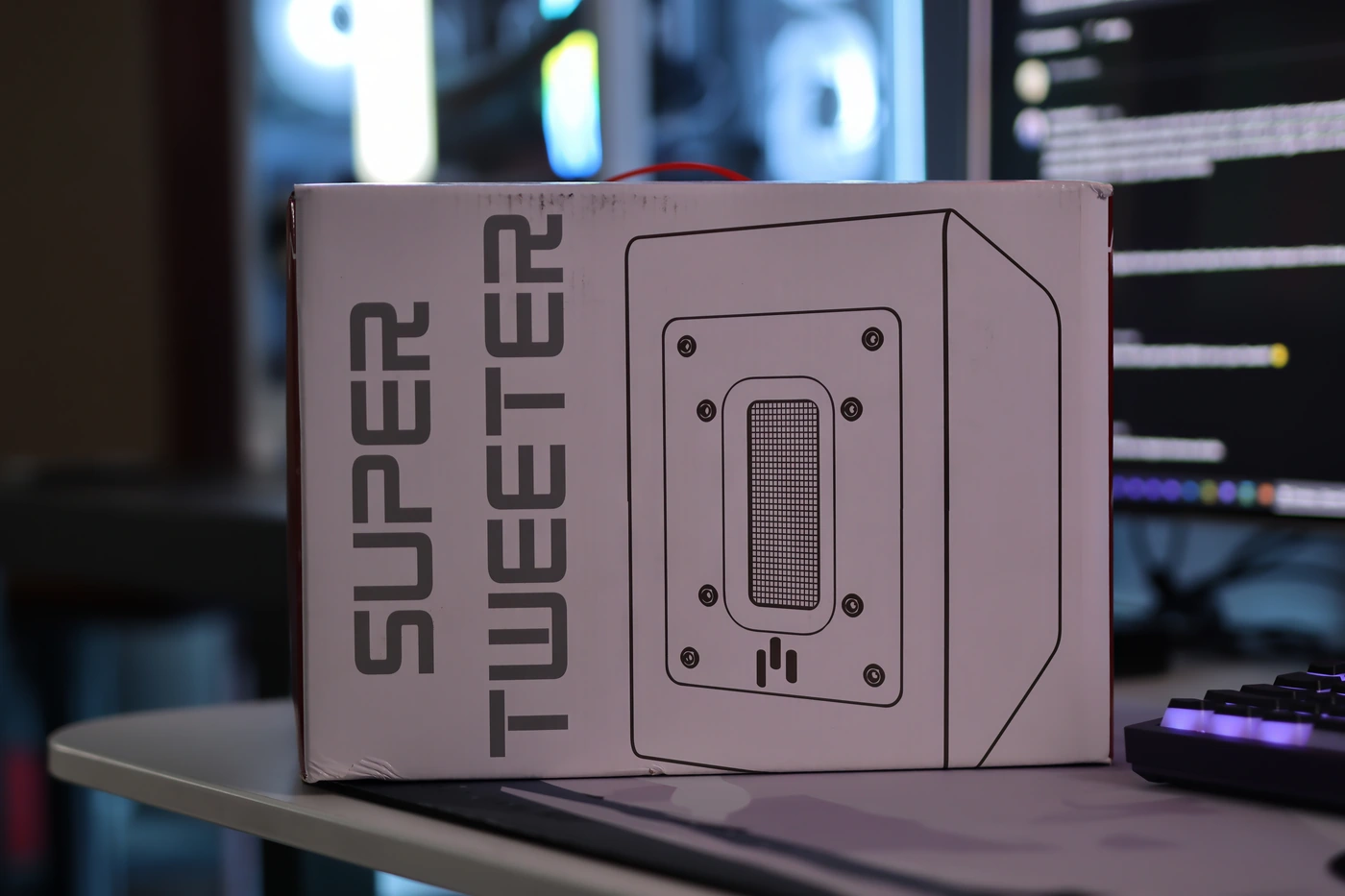
Now, most tweeters will barely reach 20.000 Hertz, but the Aperion Audio Super Tweeters can reach up to 40.000 hertz, and although we humans barely hear up to 16.000 hertz, it has been proven multiple times that we hear 2nd and nth order harmonics of instruments, a richer and better sonic extension bringing the sonic experience closer to reality. The connectors of the RST MKII Super Tweeters are a 5-way gold plated binding post, which allow you to connect and wire those super tweeters to your speakers any way you want, including bare wire, banana plugs, spades, round pins or flat pins.
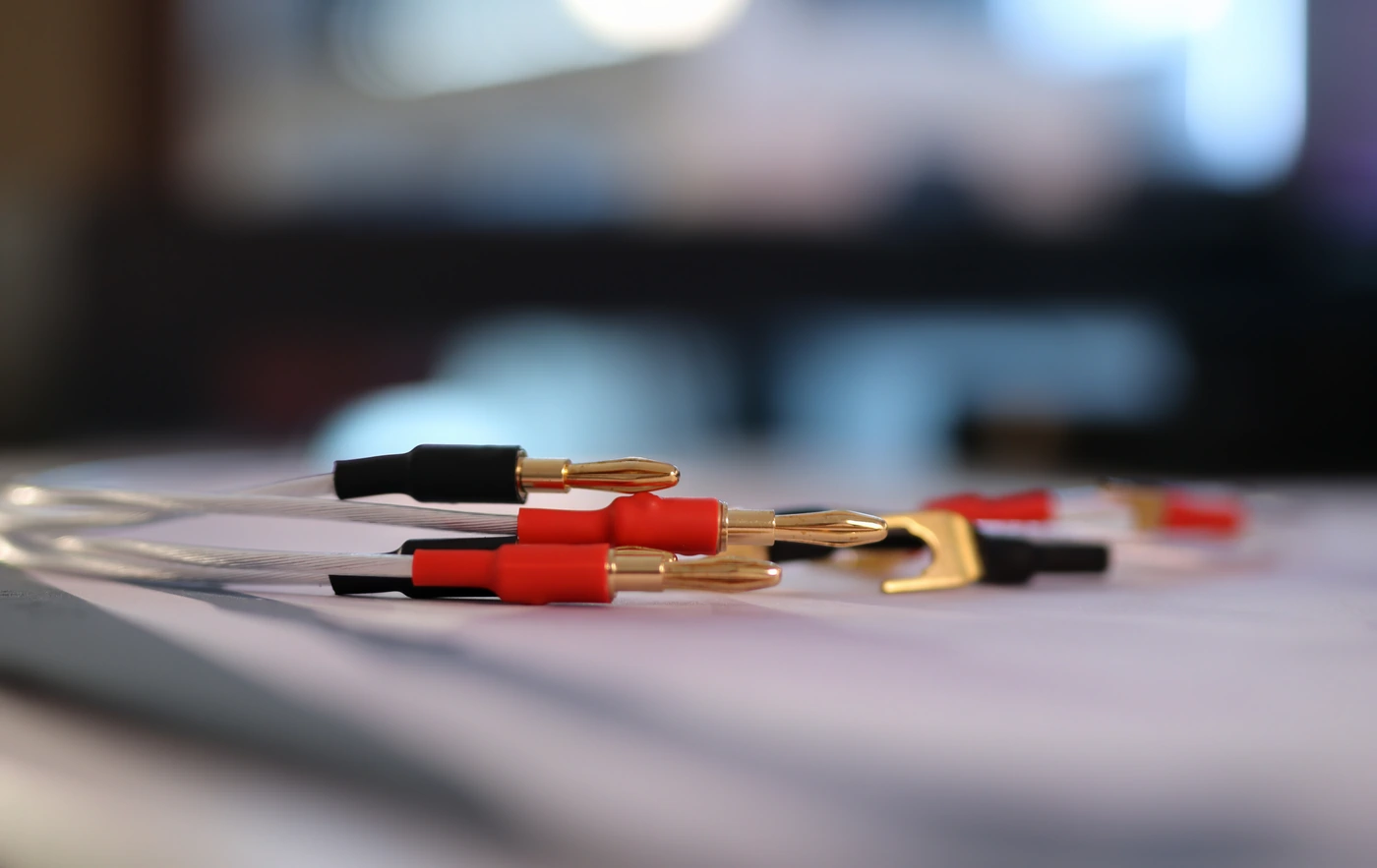
You can manually select the crossover point, which allows you to set the crossover to 8kHz, 10kHz, 12kHz, 14kHz, and 16kHz. This will allow you to set the RST MKII to match any speaker on the market, and the crossover slope is a 6dB / octave, with the 16kHz having the minimal overlap that allows you to just add the RST MKII to your current speakers if they have a good treble extension and likabale character already. There is an opff position which sets the RST mKII to be inert and disables them. I personally have found that some speakers need a more aggressive presence of the Super Tweeters, while others really need them to be set at 16 kHz, to not overlap their already existent tweeters.
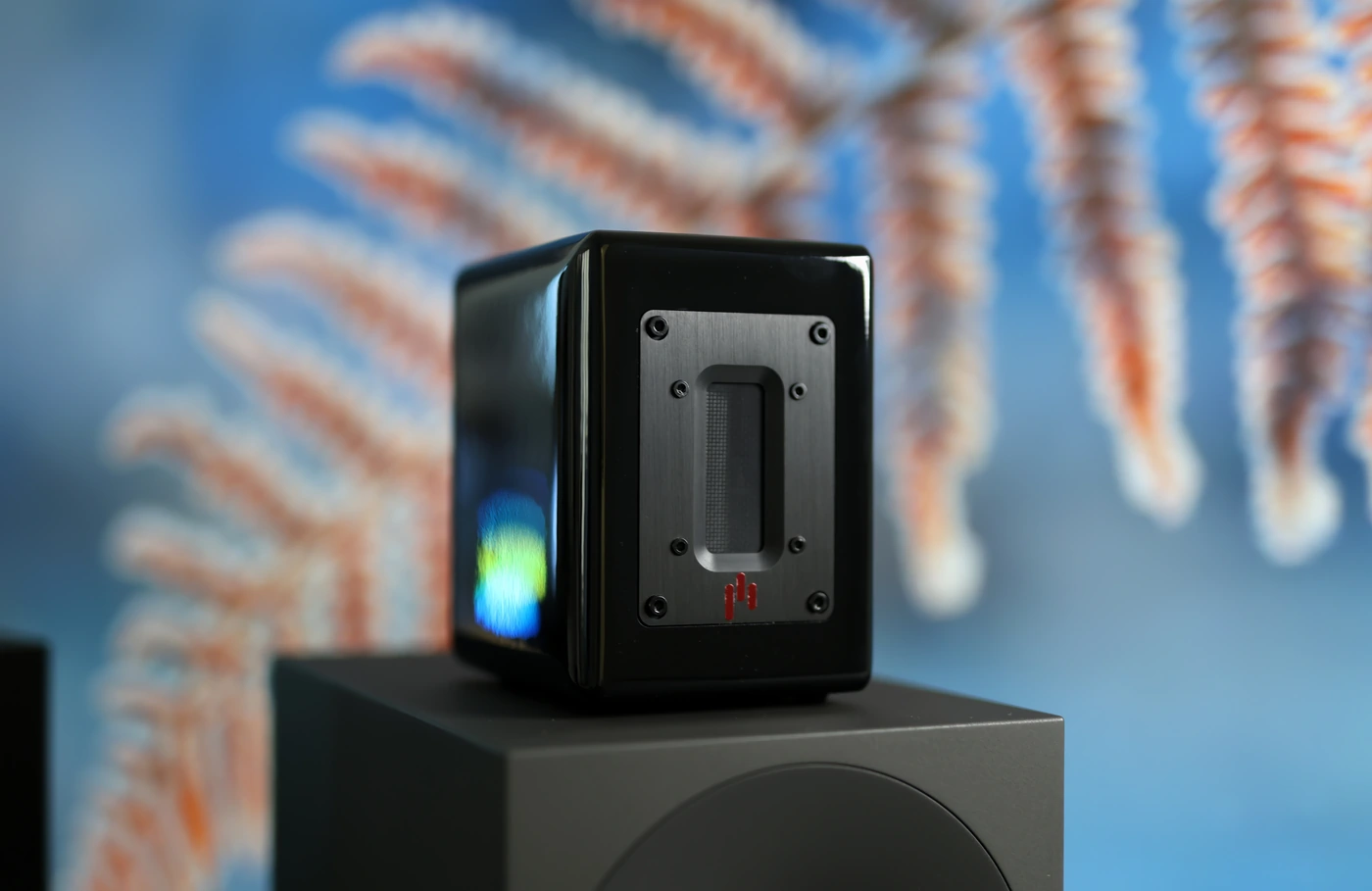
There is a treble adjustment knob, which can reduce the output of the RST MKII. This can be set in 1db adjustment, between 0dB, and -5Db, and at -5dB it will match really bright speakers that already have a strong treble, while at 0dB, it will match very efficient speakers, or speakers where you really want more treble. While before writing today’s review I thought that the connection would be complicated, like what we see with subwoofers, RST MKII is super easy to connect, and it works with an extension cable from your main speakers, and doesn’t need to be directly connected to an amplifier, or need for complex setups. I found that using subwoofers is usually more complex and more complicated than adding the RST MKII to a pair of speakers. I would generally use the guide from Aperion Audio for setting the sensitivity of the RST MKII, which helps you set the Super Tweeters just right, based on the sensitivity of your speakers.
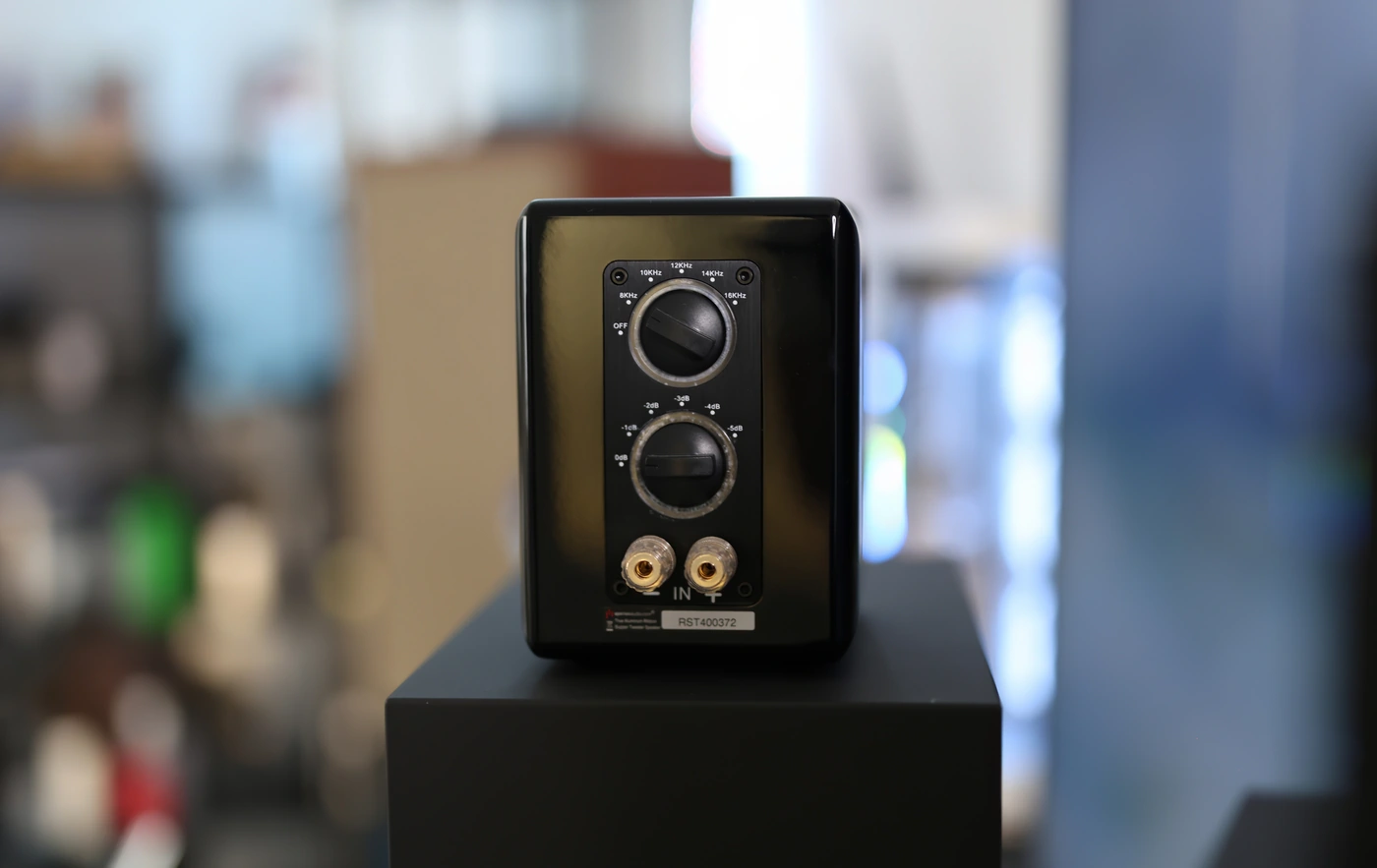
The hardest part when it comes to designing a tweeter in general is getting the treble to be clear and without distortion, and Aperion Audio actually got an ultra-thin custom made aluminum sheet to stay in the middle of the horn, with a thickness of just 45 uM. They combined the voice coil and the diaphragm into one, and this allows the diaphragm to be fully driven in the magnetic gap. Since the diaphragm is flat and light, it has no phase issues, and this in return results in a high energy transfer with no distortion. This hugely improves dynamics and since the ear seems to perceive an increased presence in the upper treble as an increase in dynamics and in the dynamic range of a speaker. The RST MKII is compatible with all types of speakers, including full sized towers, bookshelf speakers, center channel speakers, surround speakers, and even setups that have subwoofers. I managed to test adding the Aperion Audio RST MKII to KLH Model Five, NHT C3, Buchardt S400, and Amphion Argon 3S, proving that those are compatible with a multitude of designs, sizes and cabinet designs.
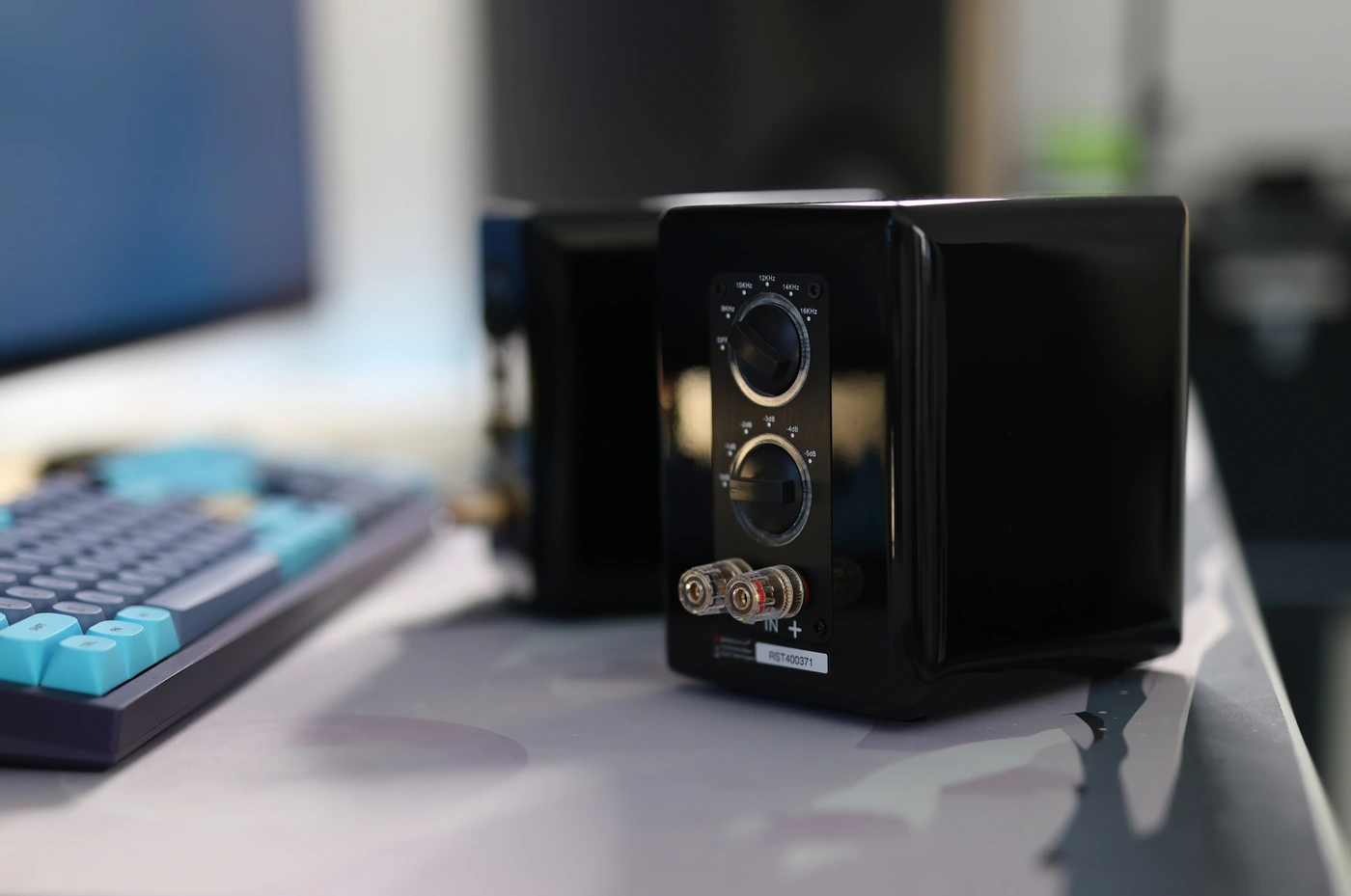
You can see right from the start that Aperion Audio is different than most audio companies, as Aperion Audio is dedicated to not driving the cost down, to increase profits, and instead implementing the best components in their speakers, adding the most robust internal capacitors, most powerful drivers and giving their customers the best overall sound for their money.
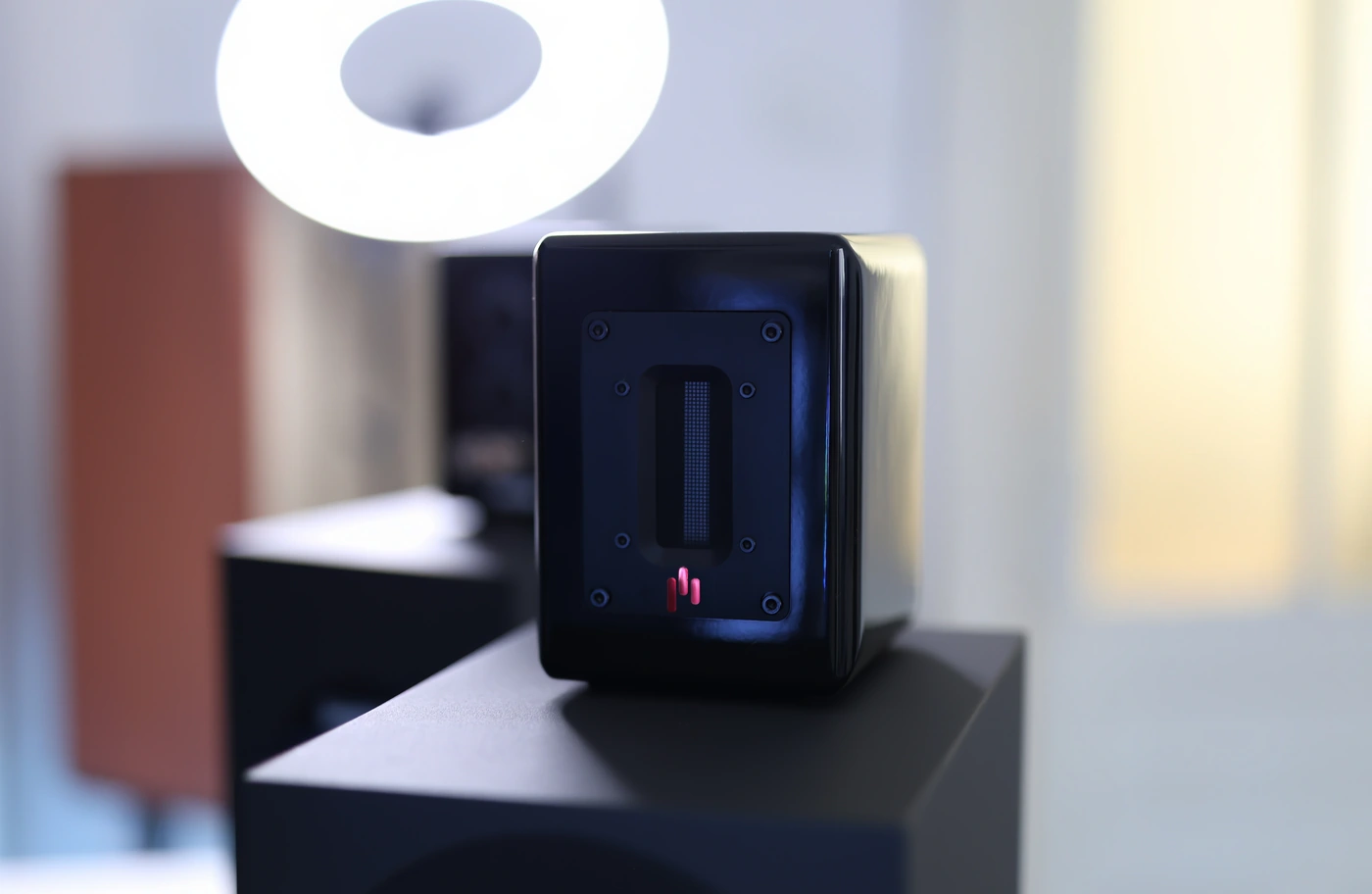
Subjectively, using the Aperion Audio RST MKII is easy, they are just somewhat sensitive to placement, but have a high lateral dispersion, so even if they are not pointed at you laterally, you will hear the sound just right. In fact, the dispersion cone is over 75 degrees, so they will work beautifully well even if they are pointed straight to the room and you’re sitting almost in between the speakers. As I am using them in both a near field and a hifi far field design, I can vouch they work well for both, in a typical far field hifi setup, the effect being in an increase in the overall richness, air and presence of each instrument, while in the nearfield setup, the effect being of a much higher level of detail, clarity and precision of the sound.
The vertical dispersion is slightly lower than the lateral dispersion, and you will have to have the speakers somewhere at the level of your head or above, as if they are placed below your head, the strength of the speakers will diminish and the effect will be higher in the lower treble than the higher treble, where they are supposed to play. The vertical dispersion is around 65 degrees, but the sound changes character if they are placed below your head, so I would use them as Aperion audio designed them, placed at the top of your current speakers.
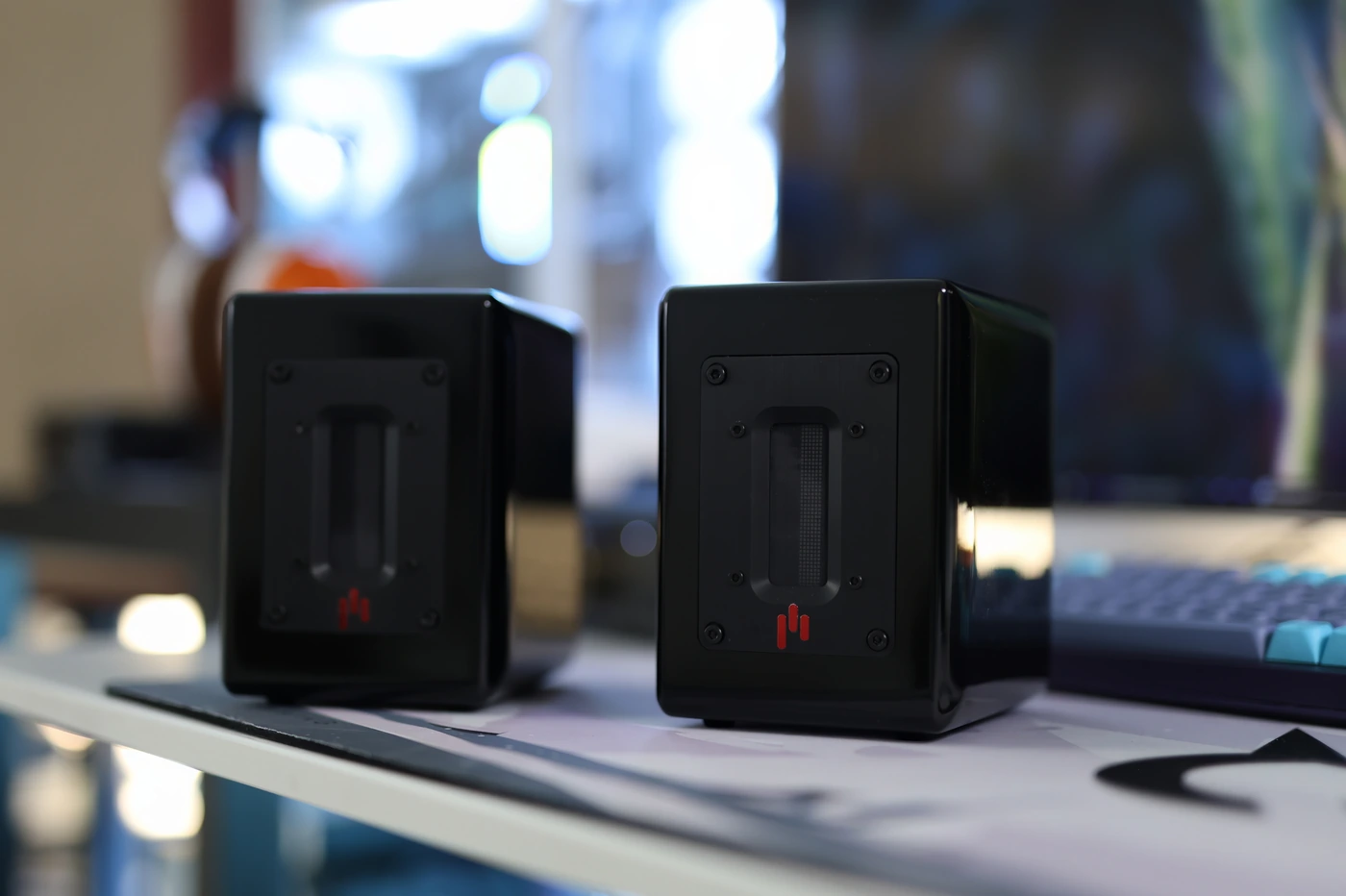
One more thing to keep in mind is that Aperion Audio really designed the RST MKII to be extremely easy to drive, to match with any speakers out there, so they have a sensitivity of 96 dB at max, with an impedance of 6 OHMs, and the tweeter needs 20 Watts, with a power recommendation between 10 and 100 Watts. This means that it is really easy to get them to move, and if you set them at 0 dB, and the crossover at 8 kHz, the sound will be quite strong, and most speakers are not as sensitive, so you will need to set the sensitivity lower, according to your current speakers, and also set the crossover taking into account how good the treble reproduction, and how strong the treble reproduction of your current speakers is. From my understanding, adding the RST MKII to your current setup increases the overall impedance of your entire system, so your amplifier will have an easier time driving the whole system, but there doesn’t seem to be a difference in the loudness of the system while using them, so likely it makes the job of the amp much easier. I have tested the RST MKII with a wide range of amplifiers and setups, including the mighty Keces S300+, but also with SMSL AO200 MKII, Arylic A50+, Cyrus One Cast, Burson Funk, and AIYIMA A07 PRO. Those can all drive the RST MKII super well, and I found no issues while using the RST MKII, the only issue being matching the sensitivity and overall treble of the speakers below them with the Super Tweeters.
Sound Quality
As a thought experiment, before writing about the sonic quality of the Aperion Audio RST MKII, you can actually run them straight from the amplifier, as they have an average impedance and sensitivity and will not burn your amplifier. Naturally, they don’t sound very traditional, as what you’d be hearing is just the information from your music above the crossover, but I would do this to ensure myself that they are adding something, and something of value to the speakers I am already using. The experiment is fun to carry, and results in an interesting revelation, that there is a lot of information that the super tweeters will play and reveal, and it makes a lot of sense that adding those to a pair of already fairly good speakers can enhance their performance and sound. Just like listening to a bare subwoofer doesn’t tell the whole story, you can actually hear a lot of spatial cues, percussion, textures, micro details and most songs make sense even if played on just the super tweeters, with the crossover set to 8kHz, and there is actually a good part of both the male and the female voice that’s being enhanced by the RST MII, the whole sound is actually there, so you can get a good sense of what 2nd order and 3rd order and nth order harmonics are adding to a mix, and how a super tweeter actually influences the sound. You typically would imagine listening to just the super tweeter to be fatiguing, but Aperion Audio made some tweeters with a smooth enough character to never add fatigue to a mix, to never sound fatiguing by themselves, and while the experience isn’t exactly like a full speaker, you can actually enjoy the super tweeters by themselves, and they actually have musicality, and make sense without being harsh, metallic or too aggressive, even when played alone, with no actual speakers besides the RST MKII.
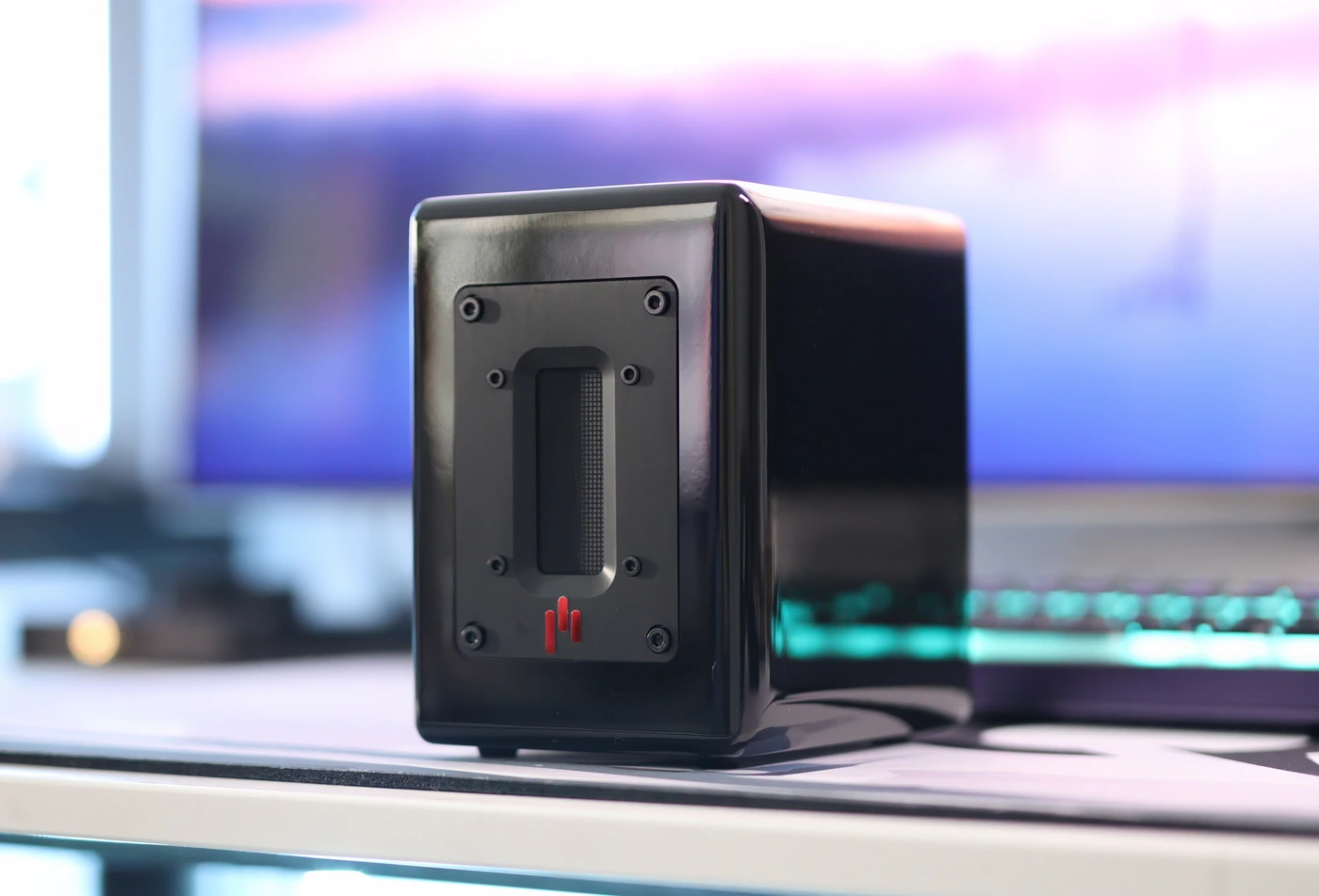
The sound of the Aperion Audio Ribbon Super Tweeter MKII is fast, and this is one of the fastest ribbon tweeters out there, with the resolution and clarity on par with what Adam Audio has in their A77H speakers, but with a much higher spread and less of a nearfield design, you can hear the presence of RST MKII in a wider cone, you get a sense of crystal clarity, resolution, texture and detail from them. The crossover does indeed sit at about 10kHz, and you can actually play with the crossover to get the RST to match better with all speakers out there, plus the response of the RST MKII is ferociously clean, this is a tweeter that will reveal absolutely everything. I tend to sit a bit closer to the left speaker sometimes, because I split my monitor in two halves, working on two things at the same time, but RSt MKII is quite sensitive to distance, you have to sit at an equal distance from each speaker to get the best out of them, finding that sweet spot will get you the best sonic experience possible. Describing them is really just like describing an upgrade to a system where you upgrade the part that renders the high-end resolution of the system, this is the kind of addon that can easily turn a thousand USD pair of speakers into a 5 thousand or even 10 thousand USD pair of speakers, since the tweeters are one of the parts that are heavily improved with higher pricing in the hifi world, and the first most listeners notice.
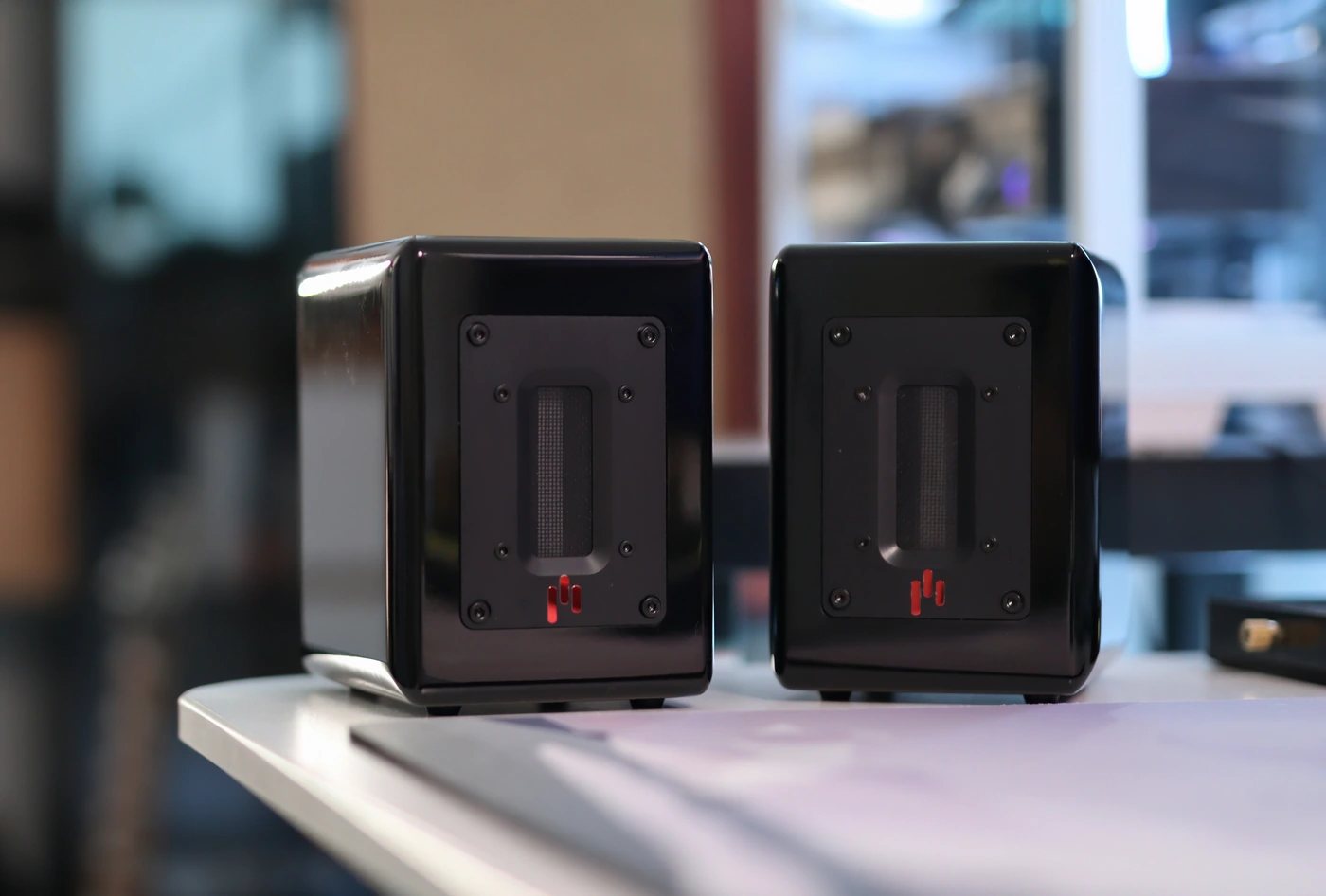
Starting with the bass, this may be a super tweeter, but a lot of drums and percussion instruments have information in the higher registers, and you will hear a much better, more tactile impact from each drum, you will get a more punchy response, with a cleaner definition of each drum, and a better separation between drums, guitars and voices when adding the Aperion Audio RST MKII to a system. You will get a better definition of the bass, and a better separation of the bass from the midrange and the treble, but to get a better low-end extension, a subwoofer will be essential and will help you more, the super tweeters help refine instruments that have information starting with about 200 Hz, so drums more than bass guitars. This being said, one music style where the RST MKII has a huge impact is Dubstep, where textures make so much more sense, even for bassy wobbles, RST MKII actually help with the delivery of resolution, impact and clarity on those textures, they help separate the bass from the midrange so much better than when not running them. You would be surprised to learn that the bass relies on the midrange and the treble for its definition and outline.
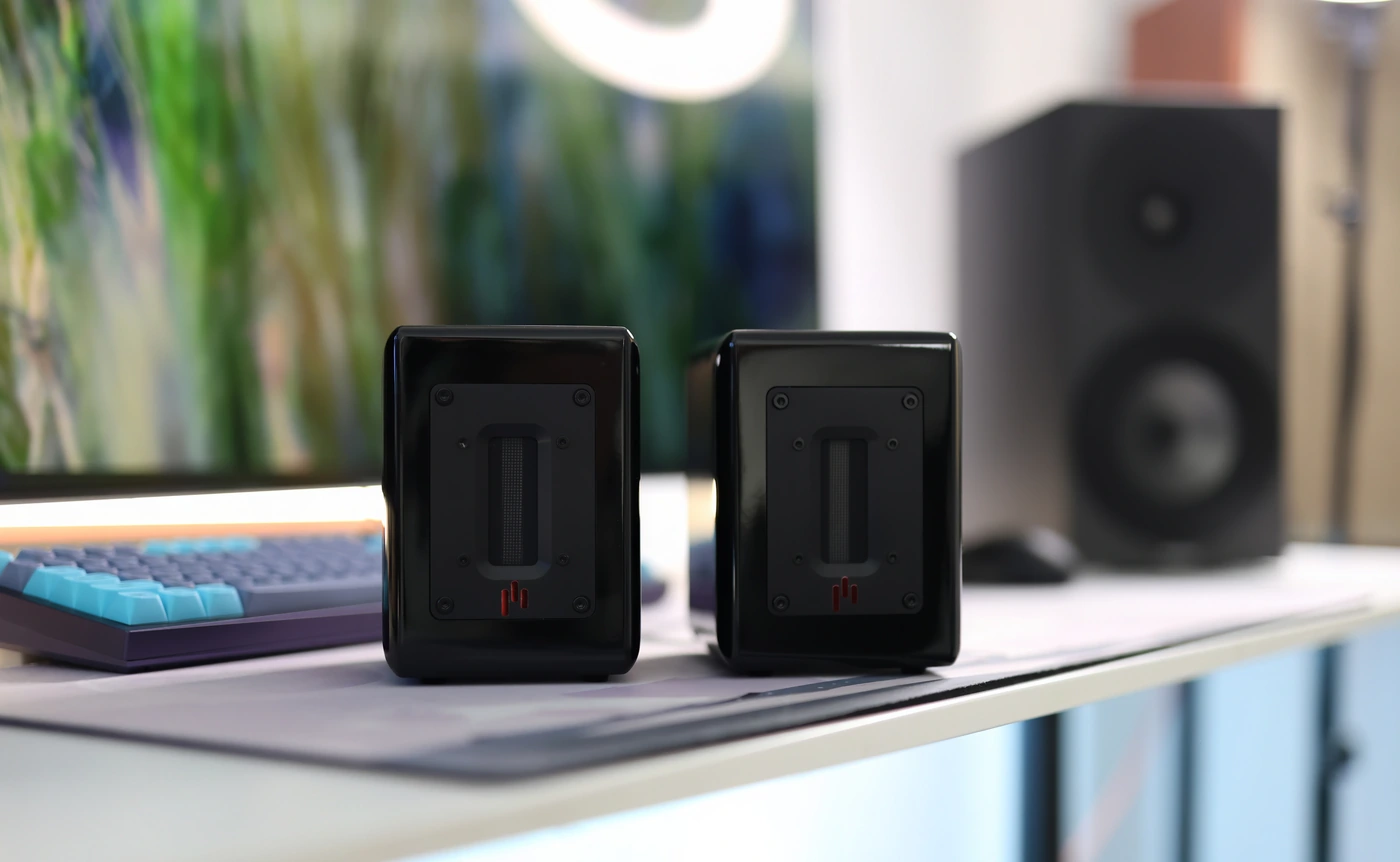
The midrange is also helped big time by RST MKII, and here the effect is greater than for the bass, you can hear voices much more clearly, background instruments pop out more, music is more vivid, more juicy and everything becomes more holographic, wider and instrument separation is better. The trick to get the most out of RST MKII is to have them at the head level and to stay right in between them with equal distance from each. The effect of RST MKII is greater for female voices than male voices and they add weight, presence and crispness to female voices, while they add separation, clarity and definition to male voices. The overall effect when adding RST MKII to a system is that the whole system sounds cleaner, more open, wider and much better in the technical resolution. You can expect a sharper attack, a shorter decay, each instrument feels super snappy, and guitars sound like a veil has been lifted, or rather, like they have a much better resolution, tangibility and even richness. Orchestral music makes more sense, with all instruments being rendered more cleanly, with better separation between instruments, while EDM and Electro music sounds more like you’re at a festival, everything is more forward, more engaging and more snappy. RST MKII is clearly the kind of add-on that makes a system more aggressive and more responsive, it feels like all the speakers paired with them respond much faster to each signal, and like the speakers are more primed to respond to music. If there is a downside to this, a better resolution reveals both good albums and bad albums more, so music that has a naturally high distortion, or is clipping, like loudness wars victims from metal and rock will show their scars faster, so I think that RST MKII helps me appreciate and enjoy music that is less dynamically compressed more.
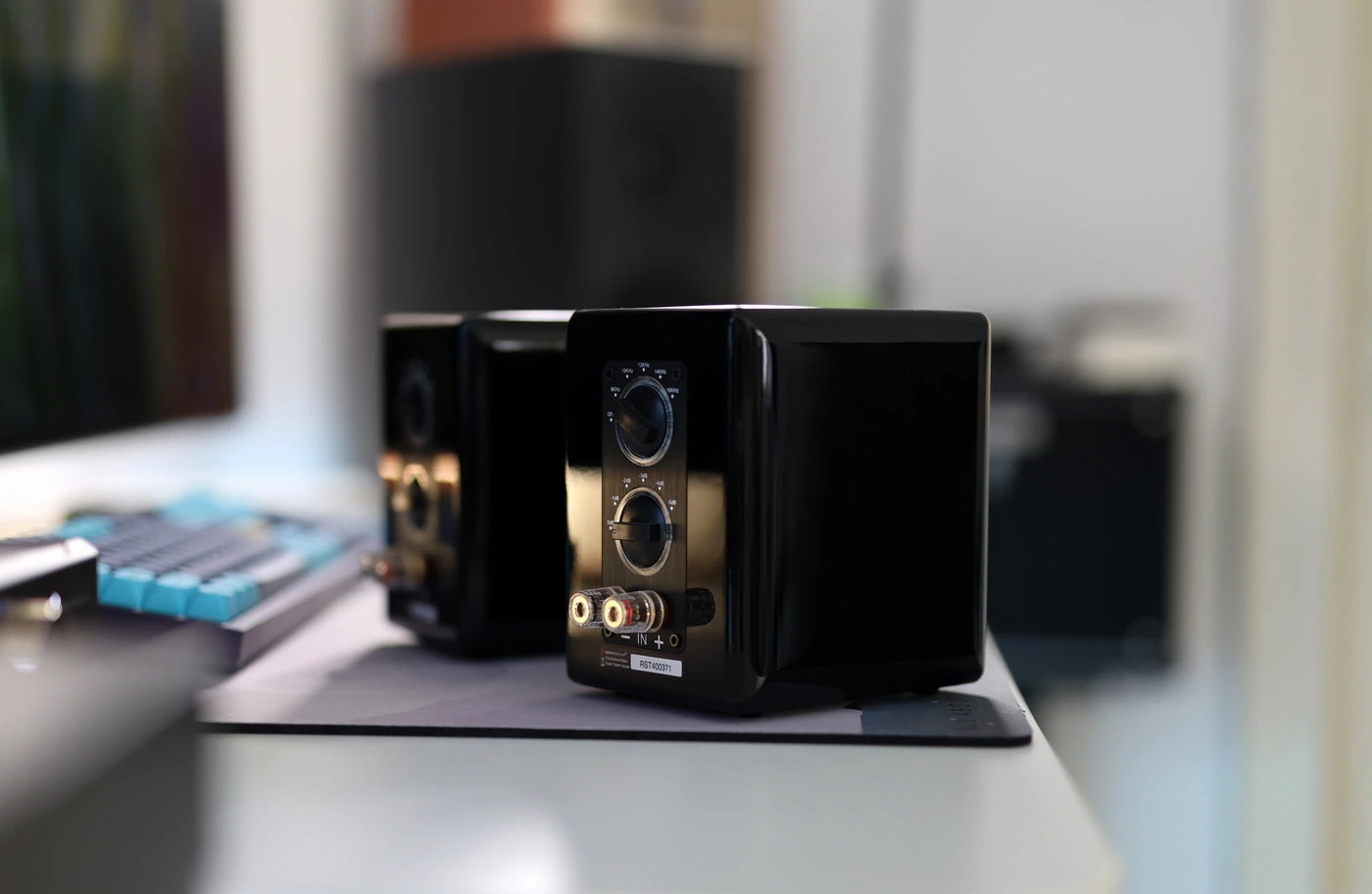
The treble is naturally the place where RST MKII improves the sound of your speakers the most, transforming both bright sounding speakers into speakers where the treble can yield better resolution, and smooth, bland, dark or rolled off speakers into energy delivery machines, if you ever feel like your current speakers sound bland, you need to hear them with an RST MKII on top, it can change the energy, tonal accuracy and impact of any speaker. All instruments have extension in the treble, most you get so much improvement in the treble body, cymbal crash texture, and general textures for electronic instruments, synths and even violins, or blow instruments that RST MKII is like opening your speakers to a whole new horizon of resolution. A personal bias plays a role here, and I personally prefer a brighter sound over a dull or darker sound, so Aperion Audio RST MKII plays into my taste and personal affliction big time by adding treble precision and crispness, and this is what it does really, it improves the treble, which has a daisy chain effect on how the whole sound is. While with headphones you typically have a limited bass extension and impact, with speakers often we have a sound that is somewhat too smooth, not detailed enough, and RST MKII, when set according to the sensitivity of your speakers can change your experience and upgrade your system.
Pairings
Buchardt S400 + Aperion Audio RST MKII (1800 USD + 649 USD) – The first pairing is with a favorite pair of speakers that I’ve used for a really long time, and S400 have always been a personal favorite speaker for a romantic sounding speaker with a large bass, and a somewhat smoother treble, at least with all of the amplifiers I tested them with. This means that an accessory like RST MKII improves on the resolution, clarity, treble response and punchiness of S400 instantly, turning them into a much brighter, more open sounding, cleaner and wider sounding pair of speakers. They already have a high lateral dispersion for their tweeters, which makes the sound quite wide and makes them easy to place in a room, but RST MKII improves on that quite drastically, making the S400 sound truly open and free. This is one of the few times where the peak of the speaker’s treble is set low and smooth, and you can safely use the crossover of RST MKII between 8 kHz and 10 kHz, but the gain is a different story, since S400 have a low SPL of just 88 dB, so you can set the gain on RST MKII to 0dB, and the effect will still not be too strong. One thing is for sure, after hearing the S400 with the super tweeters from Aperion Audio, I know feel like they aren’t quite complete without, and RST MKII doesn’t feel like an accessory you get for S400, it feels like a way to truly bring their performance to max levels in both technical resolution, but also how pleasing music is out of them.
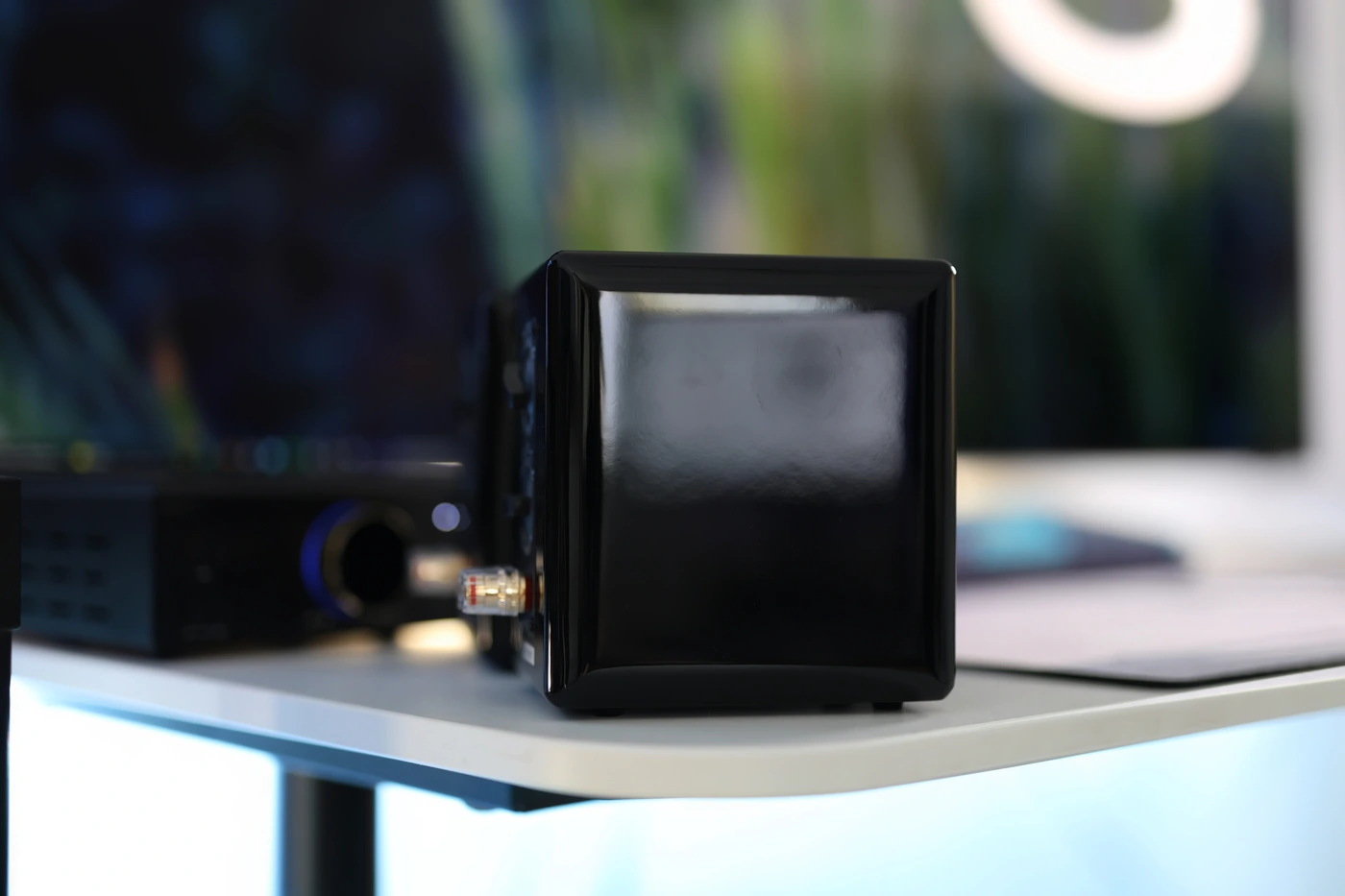
Amphion Argon3s + Aperion Audio RST MKII (3000 USD + 649 USD) – Argon3s is a really bright, punchy and somewhat V-Shaped sounding speaker that has a strong treble, and a strong mid bass, with the midrange being pulled back, so here’s the only speaker where I would actually set the gain between -4dB and -5dB, those speakers are quite sensitive and need less help than the others in today’s list. The crossover sits between 12 kHz and 16 kHz, depending on how close I am to the setup, but I have to say that even for a speaker that has a good treble extension, things can be improved a lot by adding the Aperion Audio RST MKII. What you can expect from the RST MKII to add is precision, clarity and better textures, micro details, and a wider, more airy soundstage. Amphion made their Argon3s quite revealing already, so the main resolution isn’t improved as much as with other speakers, but the soundstage for sure can become better, with a cleaner overall sound and better precision for drums and an increased perceived impact in general. I would say that RST MKII is not just an improvement, but a must for speakers like Argon3s, if you’re looking for a quicker speed of the speaker, and for making both rock and EDM sound crisper and less fatiguing. You actually read that right, and adding RST MKII helps make the speakers less fatiguing, and this is because it balanced the treble extension, and where they have a somewhat strong 9kHz – 10 kHz peak, after which they roll off, you bring them louder than you must, to bring more of that 10-16 kHz extension, so adding the Aperion Audio RST MKII allows you to listen at quieter volumes and makes the whole sound more coherent, cohesive and less fatiguing. Another interesting aspect is that since the peak of treble presence and extension for Argon3s is between 9 and 10 kHz, setting the crossover lower than 12 kHz and overlap the response of RST MKII with the peak of the speakers, which can actually make the treble too strong, so that tuning port is super handy here, compared to the rest of the pairing list where it will be a matter of preference and taste more.
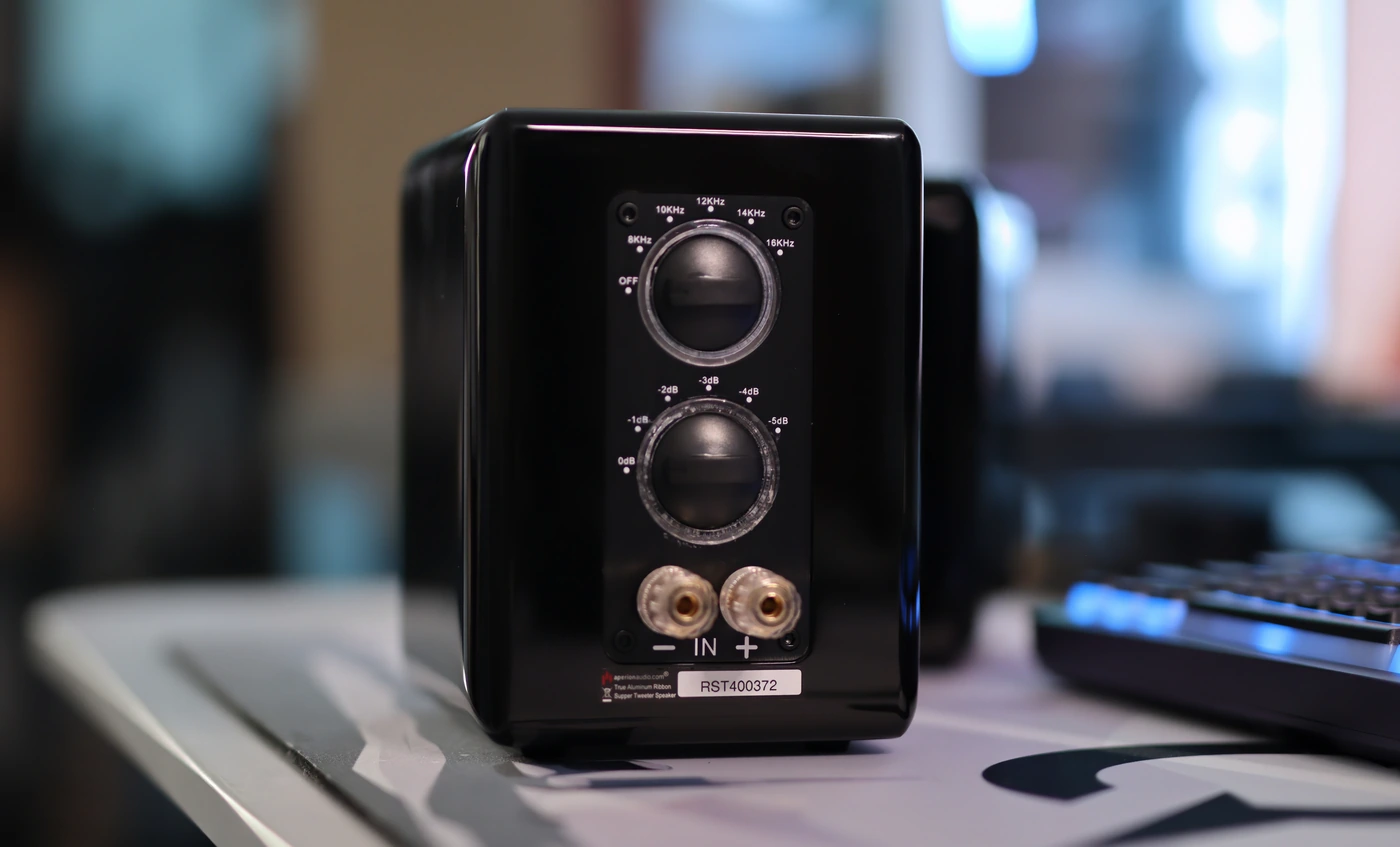
NHT C3 + Aperion Audio RST MKII (1250 USD + 649 USD) – NHT has some really beautiful sounding speakers in their C3, which is a model with a 3-way configuration, where the midrange driver is already doing a lot of the heavy lifting for the mids, so the treble driver can focus on just the high-end. Although this isn’t exactly expected, Aperion Audio RST MKII improves on the resolution and clarity of the C3 drastically, and the two really look nice together, as both have a piano black lacquer finish, the sound becoming considerably cleaner, more open, wider and more holographic. The instrument separation and dynamics are improved drastically, and the whole sound is simply more punchy and more clean, has a better definition and much better resolution, you can hear more micro details and the overall tuning is more balanced. The bass of C3 is not affected, and they still have their magical warmth and natural decay for each instrument, but when there’s a fast song with complex drum patterns, you hear each drum independently, there’s far less scattering, better impact, and the whole sound just pops more into life. The extra information in the higher registers helps with both the cymbal crashes, but also makes textures from violins, trumpets, and even guitars more realistic, it breathes more life into acoustic instruments, but makes EDM more lively and holographic. With NHT C3 I am typically using the Crossover set to 0dB, so the Aperion Audio RST MKII at max volume, and crossover set to 10 kHz or 12 kHz, for the best experience. I listen to the NHT C3 in near field more, and the increased intensity of sound from RST MKII makes the whole listening experience much better, more punchy and dynamic, and adds more nuance to each instrument.
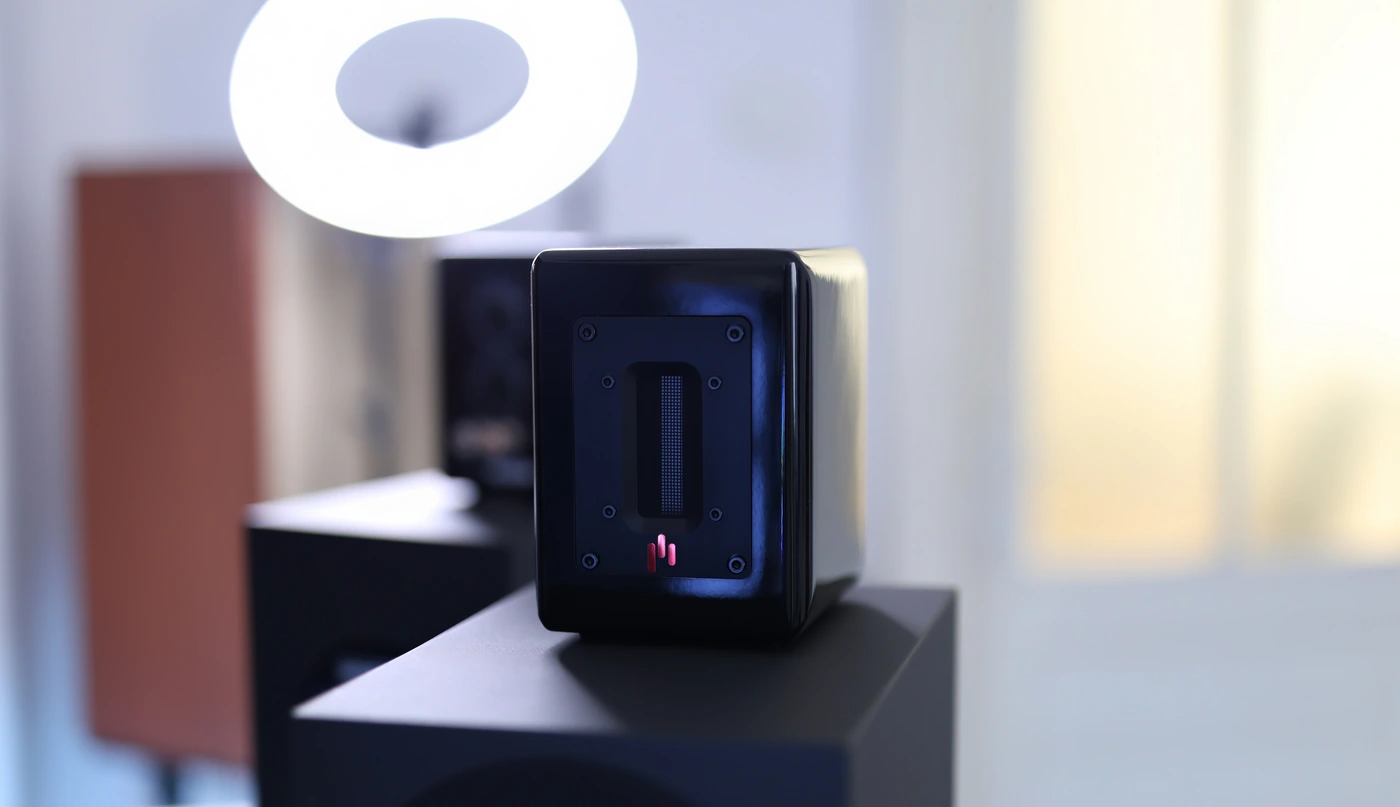
KLH Model Five + Aperion Audio RST MKII (2499 USD + 649 USD) – Model Five is not a dull or too smooth sounding speaker, but Aperion Audio RST MKII can improve on their technical resolution, detail and clarity quite a bit. The high-end extension and airiness of the speakers improves instantly, and although those are some rather large speakers with dedicated tweeters, you can easily hear how much RST MKII can increase the width of the soundstage, the perceived instrument definition and instrument separation and how much RST MKII can improve on the timing of Model Five. It feels like you’re turning a 2500 USD pair of speakers into almost a 25000 pair of speakers, with the refinement, airiness and high-end extension that’s usually associated with a much higher price point. The most interesting aspect is that if you’re running KLH Model Five without a subwoofer, the bass response is a bit on the slow and warm sounding end, but adding Aperion Audio RST MKII will improve on the drums / bass experience too, increasing the attack and making the Model Five sound considerably more punchy and more precise for drums and rock / metal, basically improving their resolution and experience all-around, not just in the treble. It feels like that extra information that’s found in the upper treble can improve on how cymbal crashes are perceived and also on how drums are perceived, making them more realistic and faster. The main settings I’ve used for Model Five are Crossover set to either 10 or 8 kHZ, and the gain set between -3dB and -4dB. Room acoustics and gain will play a role in those settings, and so will your distance from the speakers, if I stay farther away from the speakers, I need the gain to be set at 0dB, and the crossover to 8 kHz, but for nearfield listening, the crossover set higher and the gain set lower.
Value and Conclusion
The price of the Aperion Audio RST MKII is incredibly low for the kind of improvements in performance it can bring to a sound system, and honestly I often wish I knew about products like this before, it literally is a game changer, and the kind of little accessory that can totally change a system for the better, for a fraction of its original cost. Whether you can think of it as most speakers not being designed to have this kind of extension, or Aperion Audio finding the perfect way to improve your listening experience, what they did here is simply magical, and can make a boring or flat sounding system come alive, they can give resolution and sparkle to a rather bland speaker, and they can improve the technical performance and precision of any system, if you add them to a system which was already fairly good.
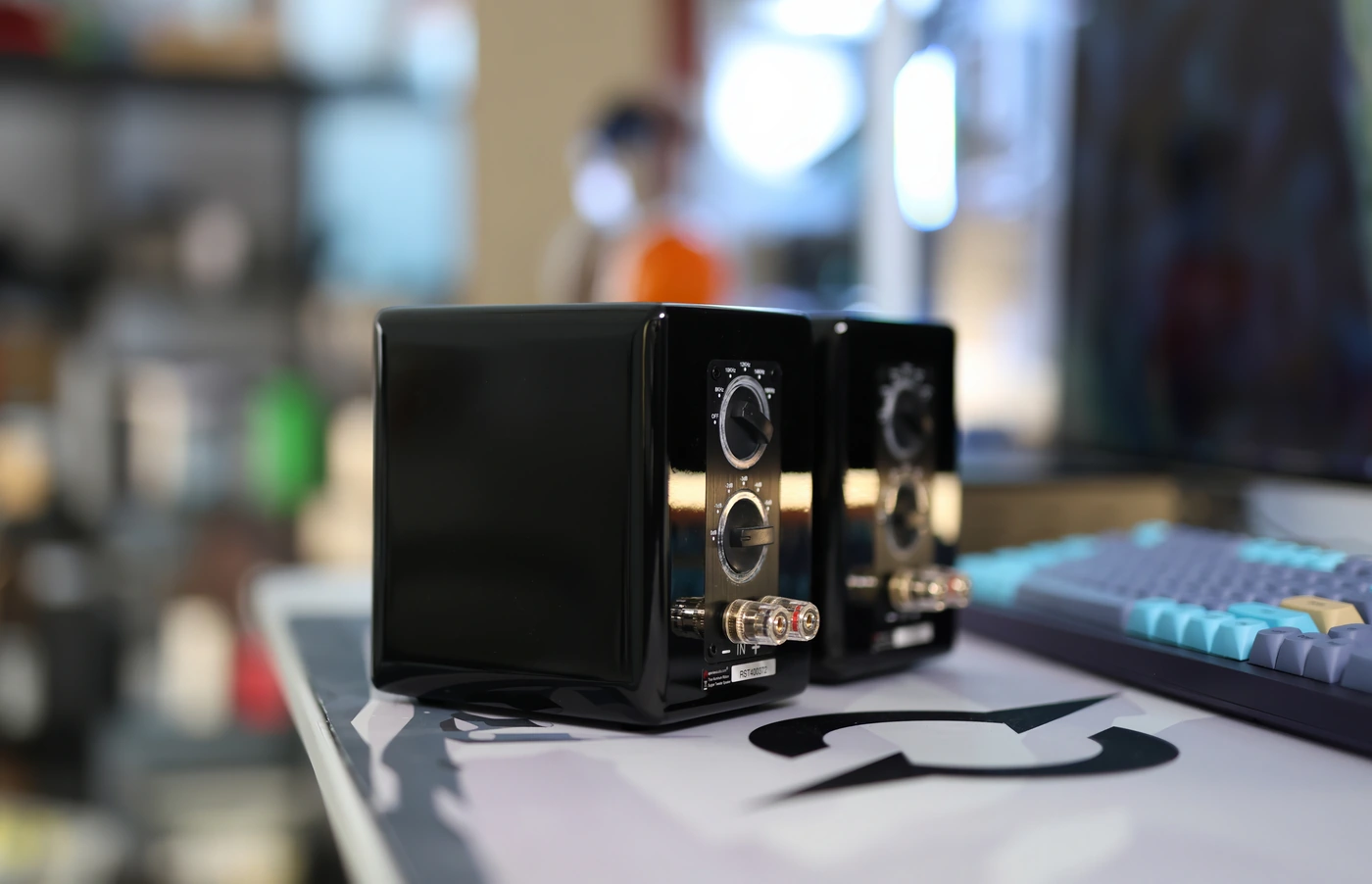
In fact, those have brought so much joy to my listening experience that I am going to add the Aperion Audio RST MKII Speakers to the Audiophile Heaven Hall Of Fame for actually solving a problem that most speakers have, and for doing it while staying very reasonably priced, so getting the kind of treble extension and super tweeter experience that only flagships costing thousand of dollars have, for just 649 USD / 649 EURO for a pair of those super tweeters is the kind of deal we need more of in the world.
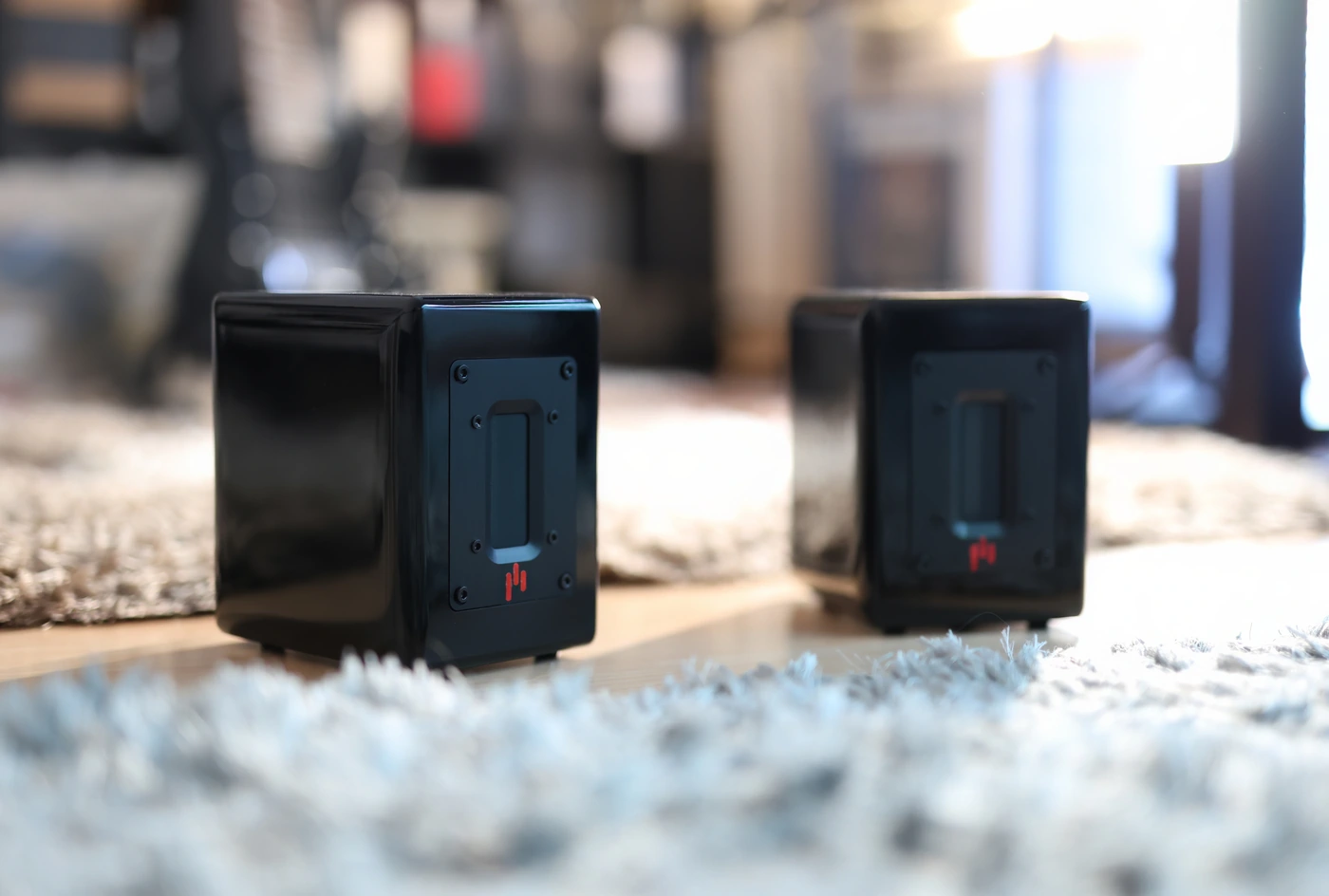
At the end of the day, if you’re looking for ways to improve your listening experience, if you’re ready to bring the precision, soundstage, resolution, clarity and richness of your speakers to the next level, and if you want to get the best for the buck, HIFI Pilot and Aperion Audio are ready to give all of this to you, for just 649 USD / 649 EURO, for a pair of their RST MKII Super Tweeters, an accessory that will easily pair with literally any system you’ll have, any pair of speakers, and which should make your listening experience so much happier for all time to come.
Product Link
[Europe] Official HIFI Pilot Link – https://www.hifipilot.de/AperionAudio-Super-Tweeter-Aluminum-MK-II-Pair
[USA / International] You can grab one from www.amazon.com – https://amzn.to/3GmGg4j
[USA / International] You can grab one from the Aperion Audio online store – https://www.aperionaudio.com/products/copy-of-aperion-audio-aluminum-ribbon-super-tweeter-speaker-pair-gloss-black
--- Please remember to stay safe, and always have fun while listening to music!---
- If you have a dime to spare, please donate, and help us! It would make the day brighter for me and my wife-
Full Playlist used for this review
We listened to more songs than those named in this playlist, but those are excellent for identifying a sonic signature. I recommend trying most of the songs from this playlist, especially if you’re searching for new music! The playlists are different for Spotify, Tidal and Youtube, and based on the songs I enjoy and are available on each!
https://www.youtube.com/playlist?list=PL_cjBXGmwSHSdGcwuc_bKbBDGHL4QvYBu
https://open.spotify.com/playlist/5J3oloz8Riy9LxEGenOjQ0?si=979ba4f082414be7
https://tidal.com/browse/playlist/330fd544-8e5b-4839-bd35-676b2edbb3d5
--- Contact Us ---






[…] with Argon3S, and the treble is airier, more sparkly and more vibrant than even setups that add the Aperion Audio RST MKII super tweeters. The best part of the sound with Argon3S is the midrange, and although they are mid centric, the […]
Good read and very thorough. I’ve enjoyed Aperion’s center channels for years and have considered their super tweet to enhance my Omega Super 5’s with their single driver RS5. My concern is that given these speakers are full range how will the addition of the RST MKII affect the point source? They Omegas sound amazing and I don’t want fool with what makes them great. It’s probably a question I need to go to Aperion with.
Thank you for your kind words! I think that it really depends on how much you already like the sound of your RS5, if yu want to make it brighter, or if you enjoy it as it is. I personally want a brighter sounding speaker, but if you like the tonality already, RST MKII might make it a bit too bright. Also, try to get from a place that has good return policies, so even if you don’t enjoy the final result, you can return the RST